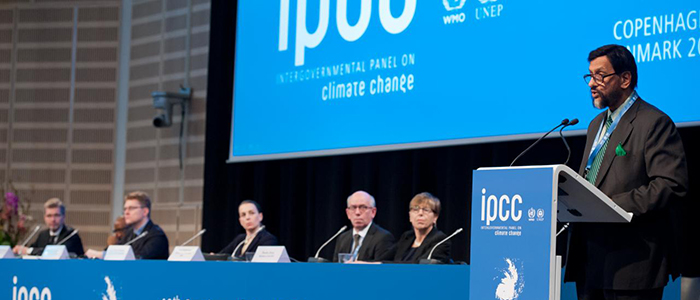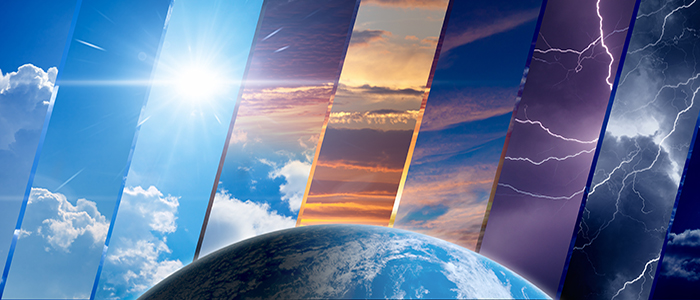[vc_row][vc_column][vc_single_image image=”62294″ img_size=”full” alignment=”center”][/vc_column][/vc_row][vc_row][vc_column][vc_column_text]
May 25, 2022
A writing assignment from the IGC Seminar, by Caetano Franco
The Amazon Rainforest, the world’s largest rainforest, provides ecosystem services, stores carbon stocks, and supports biodiversity. In addition, a fifth of the world’s freshwater is located in this region. This forest is home to 34 million people, many depending entirely on the forest for their livelihoods, and also a storehouse of diseases and pathogens that could lead to another pandemic.
More than half of the Amazon Rainforest is in Brazil. Alarmingly, Brazilian rainforests are subject to rapid and considerable transformations due to agribusiness, implementation of large infrastructures such as roads and dams, mining, and above all, deforestation. These human activities have contributed to the loss of resilience of this forest.
But how is the Amazon related to One Health? For the Centers of Disease Control and Prevention, One Health is “an approach that recognizes that the health of people is closely connected to the health of animals and our shared environment. One Health is not new, but it has become more important in recent years. This is because many factors have changed interactions between people, animals, plants, and our environment”. In this context, in which the Amazon is home to thousands of people, and represents a region of global importance, the exhaustive deforestation found in the biome can have consequences for different sectors of society around the world.
Recent overview of the situation in the Amazon
In Brazil, 2021 was the worst level of Amazon Rainforest deforestation in 15 years, largely driven by the growth of biofuels, initially sugar cane and more recently palm oil and corn, as well as road construction. The growth of palm oil is worrying as it is extremely harmful to tropical forests, as already observed in other regions, extensive areas of forests have been converted into areas for palm oil plantations. The reopening of the BR-319 highway is one example of increased forest loss due to roads. This highway connects the “arc of deforestation” in the state of Rondônia to Manaus, capital of the state of Amazonas, cutting through one of the most preserved blocks of tropical forest in the world, home to almost 18,000 indigenous people and 63 official Indigenous Lands. Soy and cattle ranching are expanding around this highway, mostly through the illegal acquisition of land from deforestation. Therefore, this highway has represented the new frontier of cheap land for the expansion of economic activities. If reopened, this road and its side roads could considerably increase the deforested area, and in some places, the landscape has already changed dramatically.
Deforestation and One Health
For researcher and ecologist Lucas Ferrante, deforestation is linked to the emergence of new diseases. According to him, “we have already observed an exponential increase in malaria in the BR-319 region due to deforestation”. However, there are other diseases of global concern. For Ferrante, “the Amazon has the largest stock of betacoronavirus in the world. It is important to mention that before SARS-CoV-2, we already had four [types of] betacoronavirus running in Brazil”. In addition, many types of betacoranavirus are still unknown, as well as large amounts of bacteria, viruses, and prions. Deforestation is altering areas with a high number of pathogens that can lead to zoonotic leaps, from animals to humans. Agribusiness is planning to implement large corn plantations in Indigenous Lands, as new commercial food production chains. These lands and people lack basic social and health assistance and low environmental control. These companies intend to create an animal feed from corn tailings and promote the confined creation of poultry and pigs within these Indigenous Lands, which are places with a high diversity of pathogens. This combination of factors and situations can generate new pandemics, as stated by the researcher. To make this situation worse, deforestation tends to accelerate global climate change and make it increasingly difficult to reach existing international agreements for this purpose.
COVID-19 pandemic, decision making and humanitarian threats
Decision makers are not paying attention in the pandemic situation, in part because of limited capacity of epidemiological alerts that exist in the Amazon region. Four months before the second wave of the COVID-19 pandemic in the state of Amazonas, a scientific alert led by Lucas Ferrante was carried out indicating the catastrophic proportions that the second wave could have. In this alert, although not heeded by decision makers, predicted what happened months later. In addition, the gamma variant (or P.1) was generated in Manaus, mainly associated with the absence of restrictive measures represented by the return of school prior to vaccination and the increase in community transmission of the virus. However, this variant was only identified when it arrived in Japan, illustrating the limited local capacity to assess the emergence of new diseases before they cross Brazilian borders. The Brazilian government, instead of prioritizing the lives of indigenous populations, has prioritized, since the beginning of the current administration in January 2019, economic growth at any cost, violating humanitarian rights. The Brazilian government’s denialism has placed the country into a global epicenter of the COVID-19 pandemic.
Agents of transformation of Amazon region
Brazil has suffered a recurrent dismantling of environmental laws, which consequently has compromised ecosystem services of global importance. According to Ferrante, in Brazil there have already been “two new cycles of deforestation generated by the current government”. The current president of Brazil, whose policies tend to support landowners of large holdings and their representatives, has been implementing measures since the beginning of 2019 that directly threaten the environment and the traditional peoples of the Amazon region, as well as the global climate. For example, during the COVID-19 pandemic, the Brazilian government weakened environmental protection in the country. Therefore, we have, in recent years, as the national and international capital’s greatest ally, the Brazilian government, who has acted for the transformation of the Amazon region and the threat to traditional peoples and global issues, such as health and climate.
Perspectives
Solutions are possible to slow deforestation. Ferrante and collaborators are recommending a boycott of Brazilian livestock, soybeans, and beef, mainly by European countries and China. They are also recommending that world banks stop financing projects that could influence the paving of BR-319 or that could influence the expansion of this new production chain based on the creation of animals confined in the Amazon. Another possible situation is to reverse the tax revenue destined for Brazilian science, which since the political coup that removed the last president from power, in 2016, has drastically decreased. Brazilian science is on the verge of collapse, with low manpower and investments, increasing the difficulties for monitoring of deforestation and public health.
A healthy Amazon Forest is possible, but it depends on actions at different levels and coming from different actors. It is necessary for the developed countries that have historically explored the region to change their perspectives. It is necessary for the Brazilian government to reestablish governance and stop being tied to rural interests and big capital. It is necessary that civil society continue to act as possible and denounce the crime that takes place within the Amazonian Forest. Planetary health depends on it.
[/vc_column_text][vc_separator style=”dotted”][vc_column_text css=”.vc_custom_1653571700985{padding-top: 10px !important;padding-right: 10px !important;padding-bottom: 10px !important;padding-left: 10px !important;background-color: #2d68b5 !important;border-radius: 3px !important;}”]The researcher and expert on the subject, Lucas Ferrante, was interviewed for this blog feature. He holds a degree in Biological Sciences from the Federal University of Alfenas (UNIFAL) and a Master’s in Biology (Ecology) from the National Institute for Research in the Amazon (INPA). He is currently a PhD Candidate in Biology (Ecology) also at INPA.
Email Dr. Ferrante[/vc_column_text][/vc_column][/vc_row][vc_row][vc_column][vc_separator][/vc_column][/vc_row][vc_row][vc_column width=”1/4″][vc_single_image image=”59694″ img_size=”300×300″ alignment=”center” style=”vc_box_border”][/vc_column][vc_column width=”3/4″][vc_column_text]About the author:
Caetano Franco is PhD Student at Department of Forest Resources and Environmental Conservation and a member of Global Change Center. His research interests include co-management and community-based management of natural resources in tropical forests, especially with themes associated with the use of common resources, local ecological knowledge, traditional populations, and protected areas.[/vc_column_text][/vc_column][/vc_row][vc_row][vc_column][vc_separator style=”shadow”][/vc_column][/vc_row]







